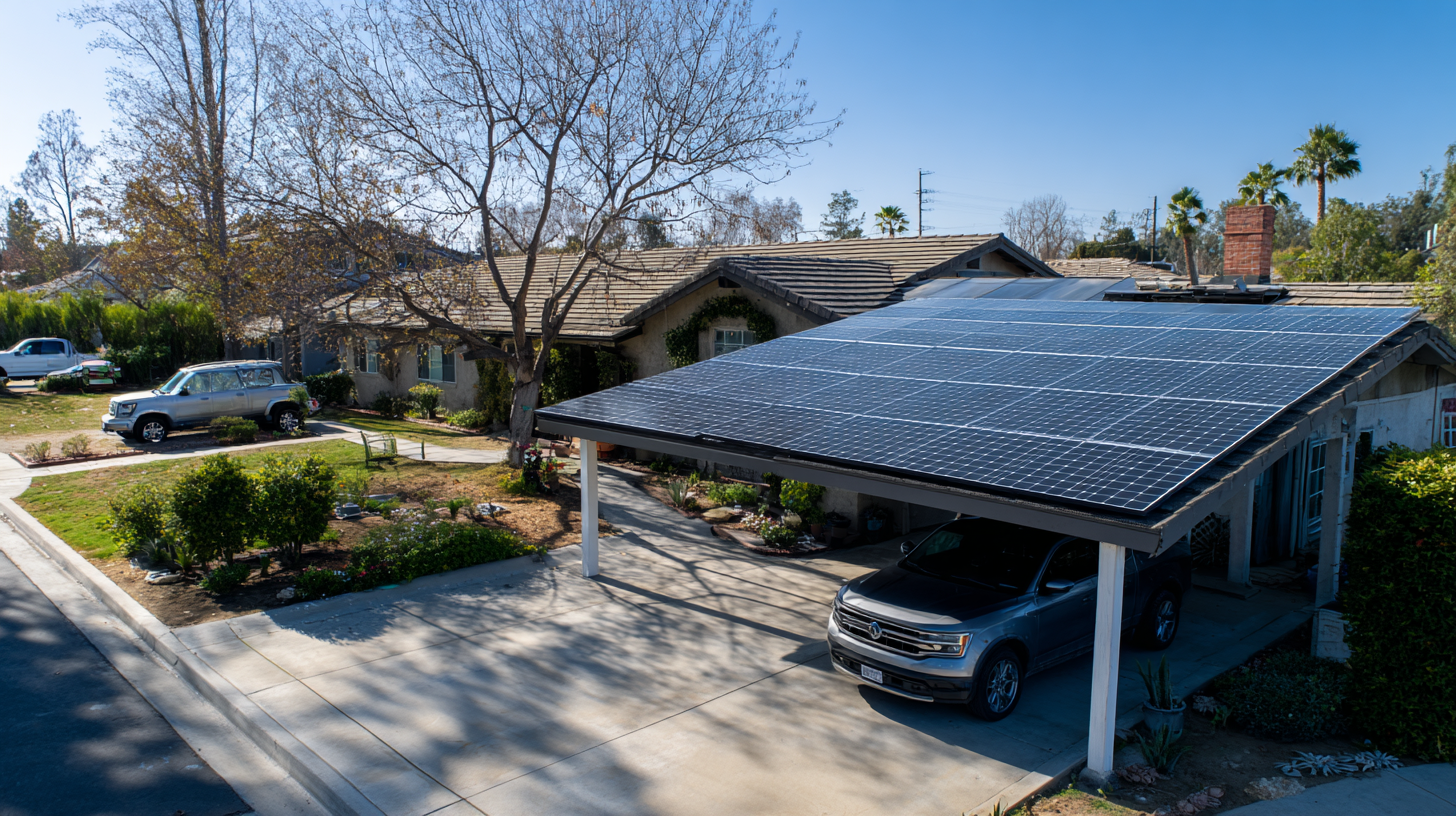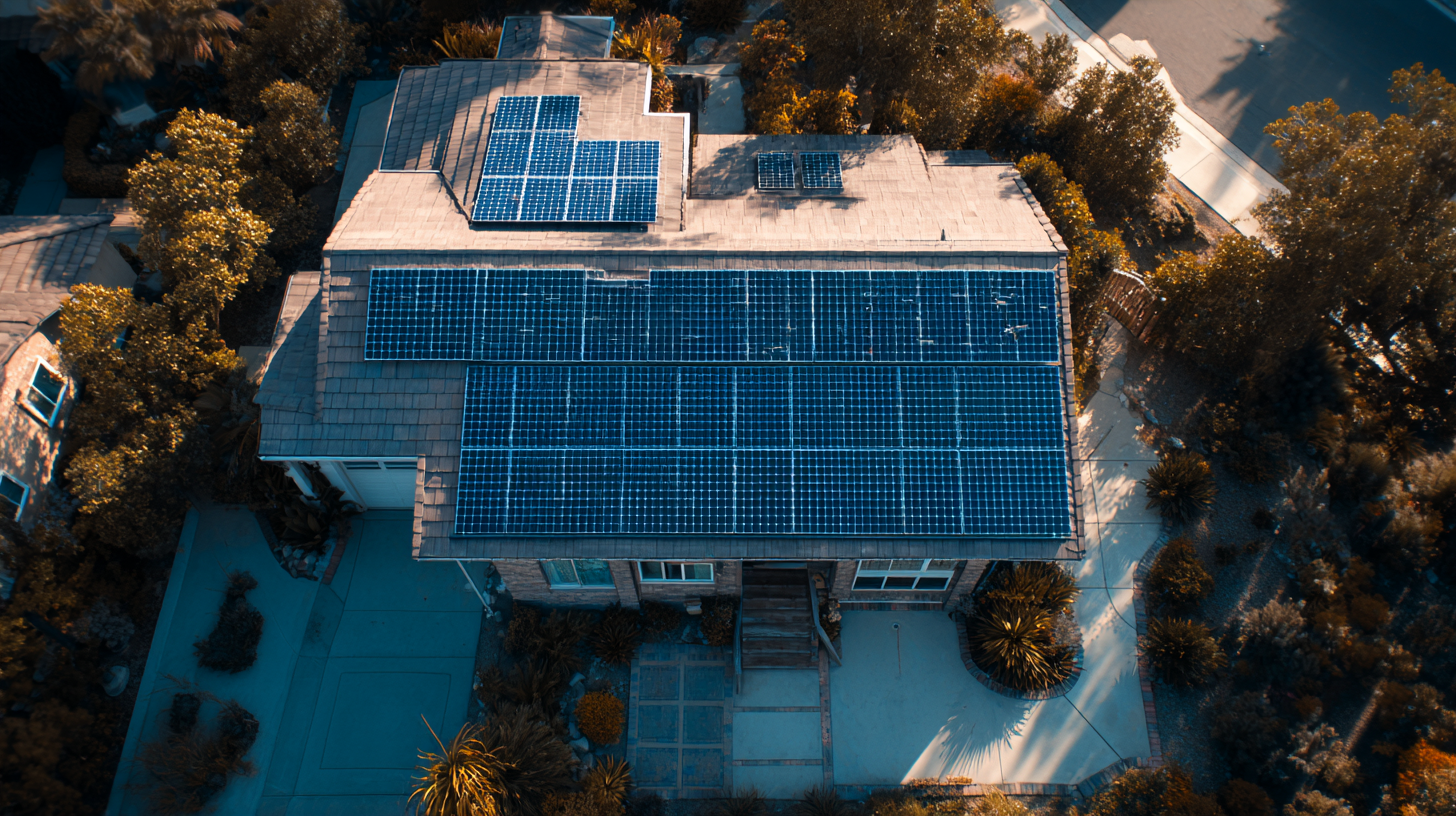In 2023, understanding Solar Battery Cost is becoming increasingly crucial for homeowners looking to maximize the efficiency and sustainability of their energy usage. As the demand for renewable energy sources grows, so does the necessity to invest in solar battery systems that can store excess energy for later use. According to a report by the International Renewable Energy Agency (IRENA), the global solar battery market is projected to expand significantly, with costs expected to decrease by up to 50% over the next five years. This trend highlights the importance for homeowners to educate themselves on solar battery pricing to make informed decisions that can lead to long-term savings and energy independence.
Industry expert Dr. Emily Thompson, a leading researcher in renewable energy technologies, emphasizes the importance of this knowledge: “Understanding Solar Battery Cost is not merely a financial consideration; it’s about empowering homeowners to transition toward a more sustainable future.” As the market evolves, it's critical for homeowners to assess various factors that contribute to overall solar battery expenses, including installation, maintenance, and potential incentives. By doing so, they can better navigate the complexities of this burgeoning market and make strategic choices that align with their energy goals.

 Understanding the cost of solar batteries is crucial for homeowners looking to optimize their home energy planning in 2023. As the renewable energy landscape continues to evolve, solar batteries have become an essential component for maximizing the benefits of solar power systems. With the fluctuating cost of electricity and the uncertainty of energy markets, homeowners must consider the long-term implications of solar battery investments on their overall energy expenses.
Understanding the cost of solar batteries is crucial for homeowners looking to optimize their home energy planning in 2023. As the renewable energy landscape continues to evolve, solar batteries have become an essential component for maximizing the benefits of solar power systems. With the fluctuating cost of electricity and the uncertainty of energy markets, homeowners must consider the long-term implications of solar battery investments on their overall energy expenses.
Furthermore, the integration of solar batteries allows homeowners to store excess energy generated during peak sunlight hours, providing a reliable energy source during outages or times of high demand. This ability not only enhances energy independence but also significantly contributes to cost savings over time. By budgeting for solar battery costs, homeowners can make informed decisions regarding their energy usage, potentially leading to reduced utility bills and increased property value. Thus, understanding the dynamics of solar battery costs empowers homeowners to plan effectively and harness the full potential of renewable energy solutions.
Understanding the factors influencing the price of solar batteries in 2023 is essential for homeowners looking to invest in renewable energy solutions. One significant factor is the type of battery technology used. Lithium-ion batteries, while more expensive upfront, offer greater efficiency and longer lifespans compared to traditional lead-acid batteries. Homeowners must weigh the initial costs against potential long-term savings and performance gains when choosing the right battery.
Another crucial element affecting solar battery prices is market demand and supply chain dynamics. The surge in interest for solar energy solutions has led to increased competition among manufacturers, which can drive prices down. However, global supply chain disruptions, such as those caused by shortages of rare materials used in battery production, can lead to price fluctuations. Additionally, government incentives and rebates for solar battery installation can also impact the overall cost, making it vital for homeowners to stay informed about available programs that may help offset expenses. By understanding these factors, homeowners can make more informed decisions that align with their energy goals and budgets.
| Factors Influencing Price | Average Price Range (2023) | Impact Level (1-5) |
|---|---|---|
| Battery Type (Lithium-ion vs Lead-acid) | $5,000 - $10,000 | 5 |
| Storage Capacity (kWh) | $300 - $700 per kWh | 4 |
| Installation Costs | $1,000 - $3,000 | 3 |
| Incentives and Rebates | Up to $1,500 off | 4 |
| Brand Reputation | $500 - $2,000 variance | 3 |
| Market Demand | Varies significantly | 5 |
Investing in solar battery systems has become increasingly important for homeowners in 2023, as energy independence and cost savings are top priorities. To truly evaluate the return on investment (ROI) of such systems, homeowners must consider both upfront costs and long-term benefits. The initial investment can vary widely, but understanding total expenditure, including installation and maintenance, is crucial for making informed decisions.
When assessing ROI, homeowners should analyze their energy needs and consumption patterns. This analysis helps determine the size of the battery system required, influencing the overall cost and savings potential. Additionally, looking into local incentives, tax credits, and financing options can significantly enhance the financial feasibility of a solar battery system.
**Tips:** Always compare battery brands and consult multiple contractors to ensure competitive pricing and quality installation. Consider scheduling a home energy audit to optimize your energy usage before investing in a battery system, maximizing your potential savings. Lastly, factor in the potential increase in home value associated with solar installations when calculating your ROI.
When considering solar energy systems in 2023, understanding the costs associated with different solar battery options is essential for homeowners aiming to maximize their investment. The market for solar batteries has seen significant growth, with the Energy Storage Association reporting a 200% increase in installations over the past two years. This surge has driven the development of various battery technologies, primarily lithium-ion, lead-acid, and saltwater batteries, each coming with distinct pricing and performance characteristics.
Lithium-ion batteries remain the most popular choice, due to their high energy density and efficiency. However, homeowners should anticipate costs between $5,000 to $15,000, depending on capacity and brand. In contrast, lead-acid batteries are often less expensive, ranging from $300 to $1,500, but typically offer shorter lifespans and lower efficiency. Saltwater batteries are emerging as a cost-effective alternative, averaging around $5,000, with the added benefit of being environmentally friendly, though they are still relatively new to the market. Homeowners should weigh these options carefully, factoring in both upfront costs and long-term savings to choose the optimal solution for their energy needs.
This chart compares the average costs of different solar battery options available for homeowners in 2023. Understanding these costs can help homeowners make informed decisions about their energy storage solutions.
Understanding long-term savings with solar battery investments is becoming increasingly relevant for homeowners, particularly in 2023. With the rise in energy costs and the growing emphasis on sustainable living, the integration of solar batteries can offer significant financial advantages. According to recent industry reports, combining solar panels with battery storage can yield savings of up to 50% on electricity bills over the system's lifetime, which can span 25 years or more. This highlights the potential return on investment that homeowners can expect when adopting these technologies.
Tip: When considering a solar battery investment, calculate your anticipated energy savings based on your current electricity usage. This can help you understand the economic benefits of going solar.
Moreover, advancements in solar battery technology have also led to decreased costs. As of 2023, the average price of lithium-ion batteries has dropped by nearly 15% over the past year, making them more accessible to homeowners. By strategically timing your installation and taking advantage of local incentives, homeowners can maximize their long-term savings even further.
Tip: Research local tax credits and rebate programs that can help offset the initial investment in solar batteries, as these incentives can significantly enhance your overall savings.






